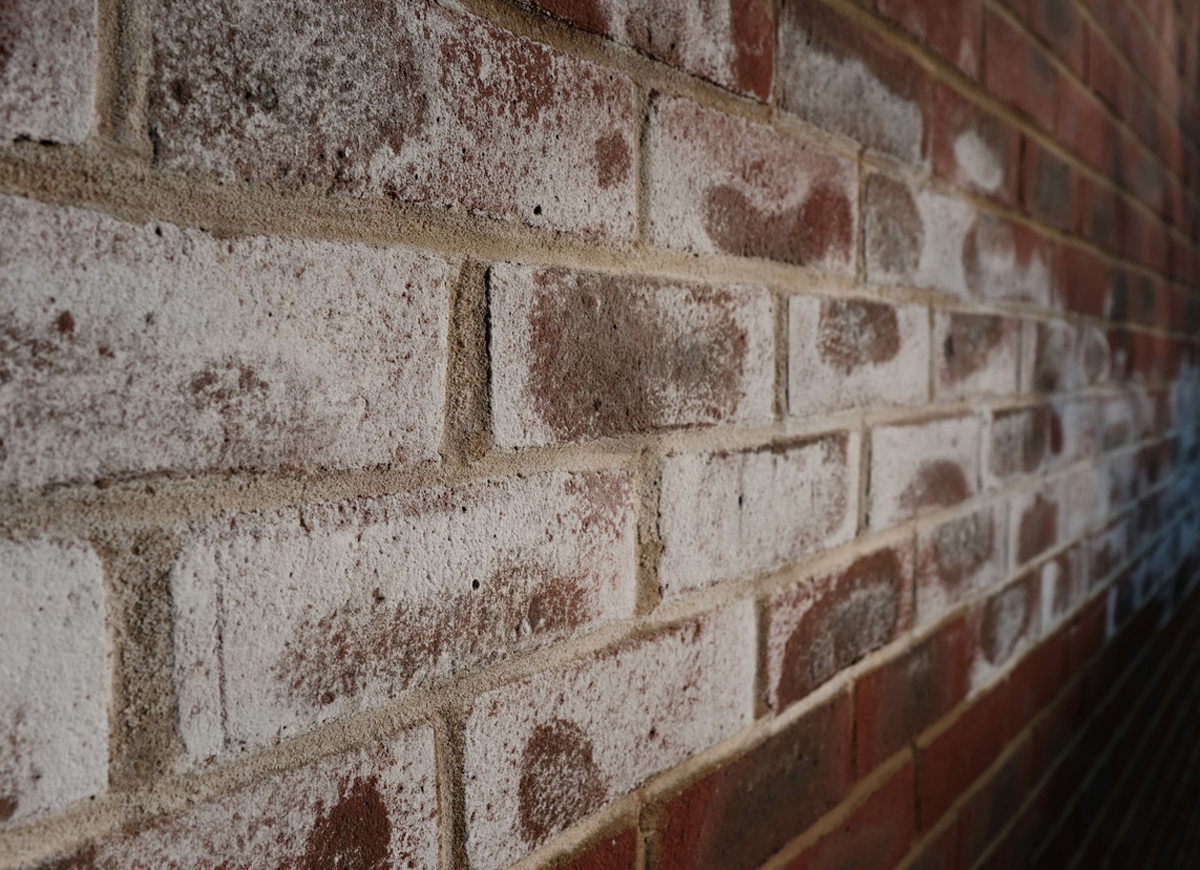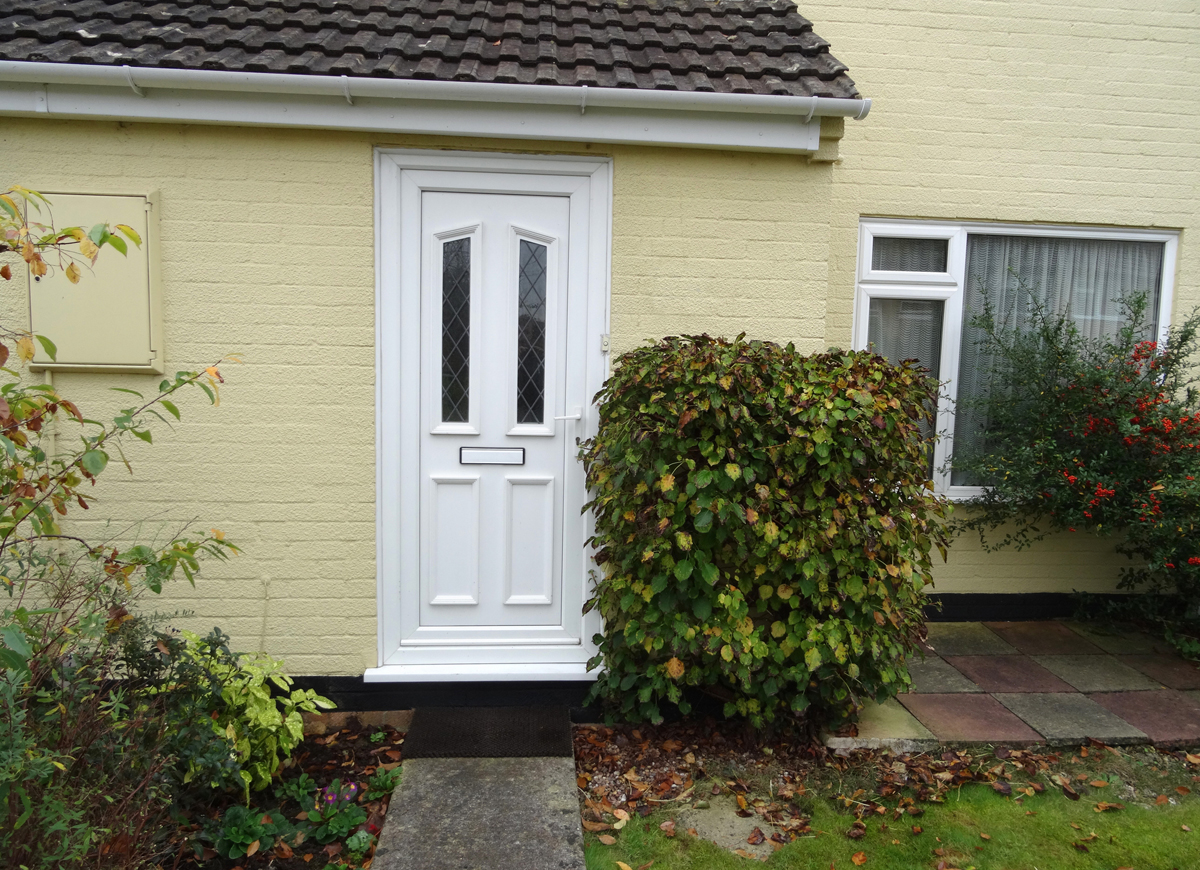We may earn revenue from the products available on this page and participate in affiliate programs. Learn More ›
Like other types of masonry, brick is a high-quality cladding that never seems to go out of style. It’s more expensive than steel, vinyl, wood, or composite siding and it’s always in demand. Some of today’s finest homes boast brick cladding, but it’s not hard to find homes with painted brick if you look around. For many, the preference for bare or painted brick is a matter of personal style. Before you get out a bucket of paint and a brush, however, read on to understand why so many cringe at the idea of painting over brick.
Maintenance
Once painted, brick siding becomes a maintenance issue. Paint is not a permanent fix—it must be repainted when it begins to show wear. This means giving up a couple of weeks during the summer every three to five years to repaint the house. If you’re not prepared to tackle the task yourself, expect to pay around $2,500 for a professional paint job.
Moisture Issues
Brick is porous, but paint is not. Exterior paint forms a seal over the brick’s surface that will prevent any moisture in the bricks from evaporating and drying out. Trapped moisture, which can come from a leaky window or pipe, is a prime source of mold and mildew growth. What’s more, moisture in the bricks can cause the paint to release and peel off.

Buyer Beware
Coming across a freshly painted brick home while house-hunting should send up a red flag. Paint camouflages a host of problems, including cracks in mortar joints, soft mortar, or the presence of efflorescence—a powdery white substance that indicates high levels of moisture within the brick. Before buying a painted brick home, have a reputable home inspector check for potential hidden problems beneath the paint.
Resists Restoration
In general, natural brick is more desirable to homeowners than painted brick, but attempting to remove the paint and restore the brick to its original grandeur is labor-intensive and cost-prohibitive. Clearing away the paint requires blasting with sand or silicone beads, which must be done with the greatest caution to avoid damaging the underlying bricks. Expect to pay an average of $3 per square foot, or more, to have the paint safely removed.
RELATED: How to Clean Brick, Indoors and Out
When it’s Acceptable
Painting natural brick can reduce a home’s value, but there are occasions when it’s acceptable or even necessary. If the existing brick was repaired and the new bricks don’t match the old ones, painting can create a more uniform look. Additionally, some types of older handmade bricks (before 1870) require a coating of paint to protect the surface. Only certain types of paint are suitable for brick cladding, so consult with a masonry expert before choosing a paint type.
Indoor Brick is Less Controversial
Your friends may gasp at the idea of painting over your home’s brick exterior, but few will care if you paint a brick fireplace or interior accent wall. It’s more acceptable to paint interior brick, and maintenance isn’t a factor indoors either, since the brick isn’t subject to rain and moisture retention.
Bob Vila readers line up on both sides of this renovation controversy, as revealed in the comments on the Instagram post above. If you have an opinion on painted brick, we’d love to hear it!


